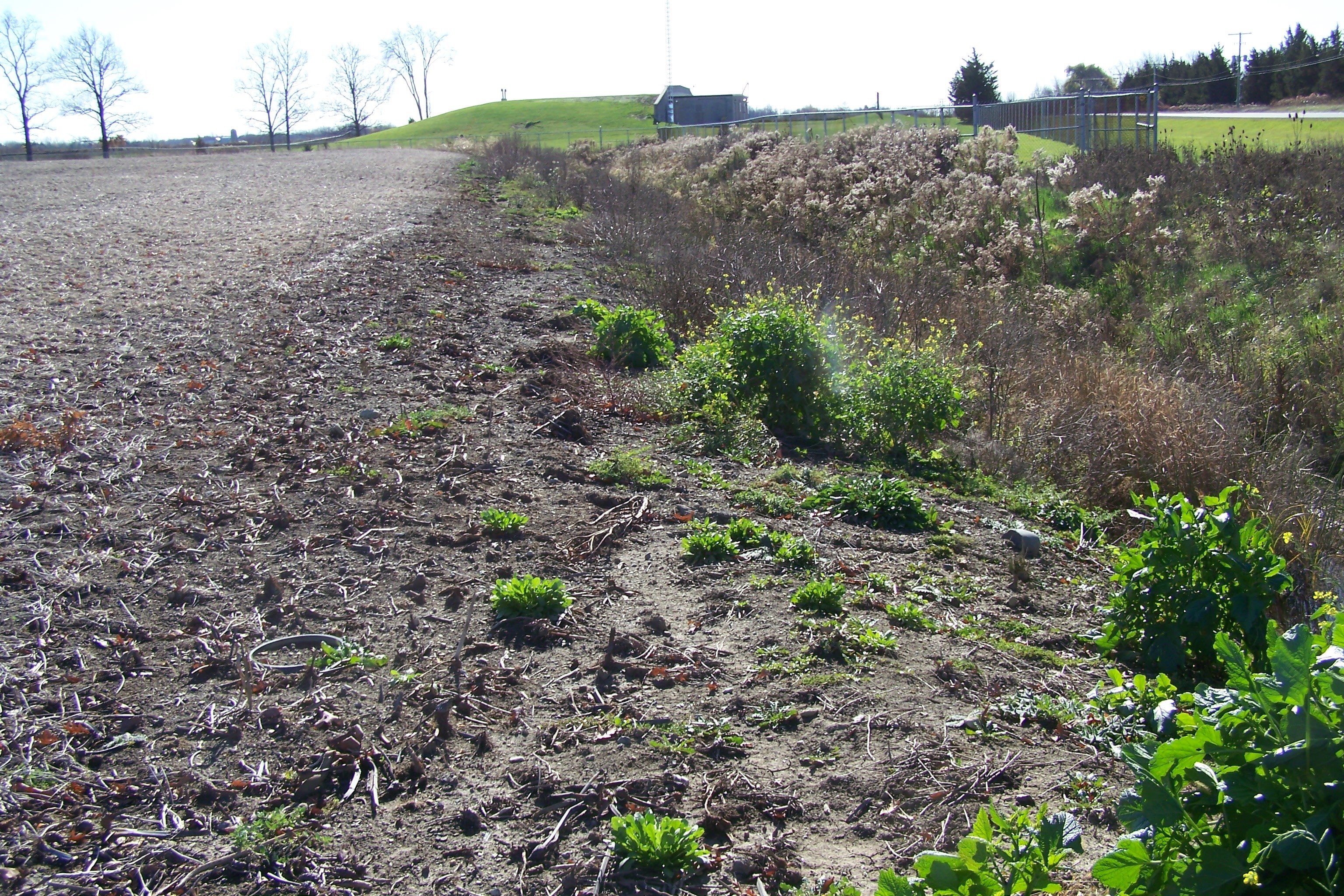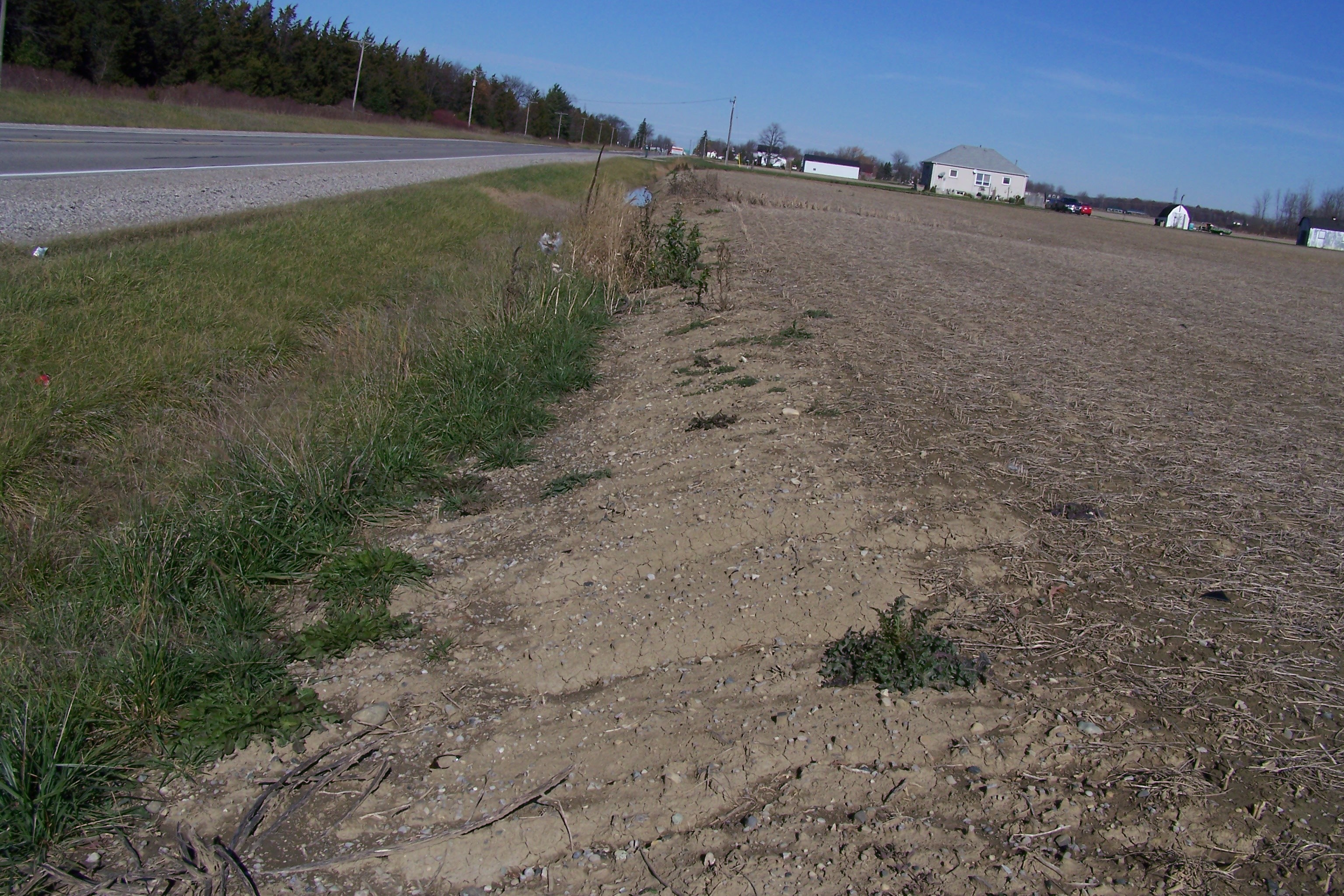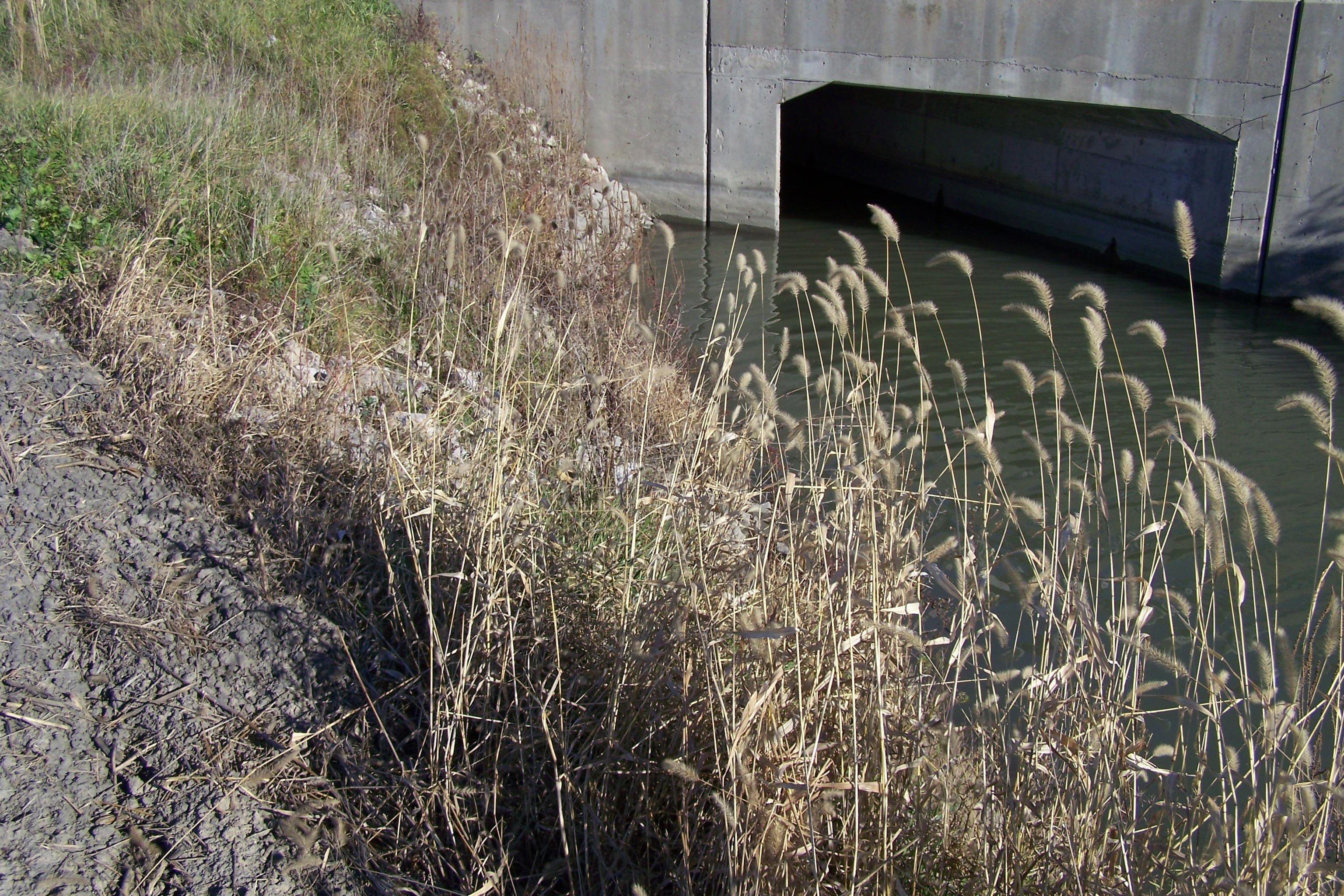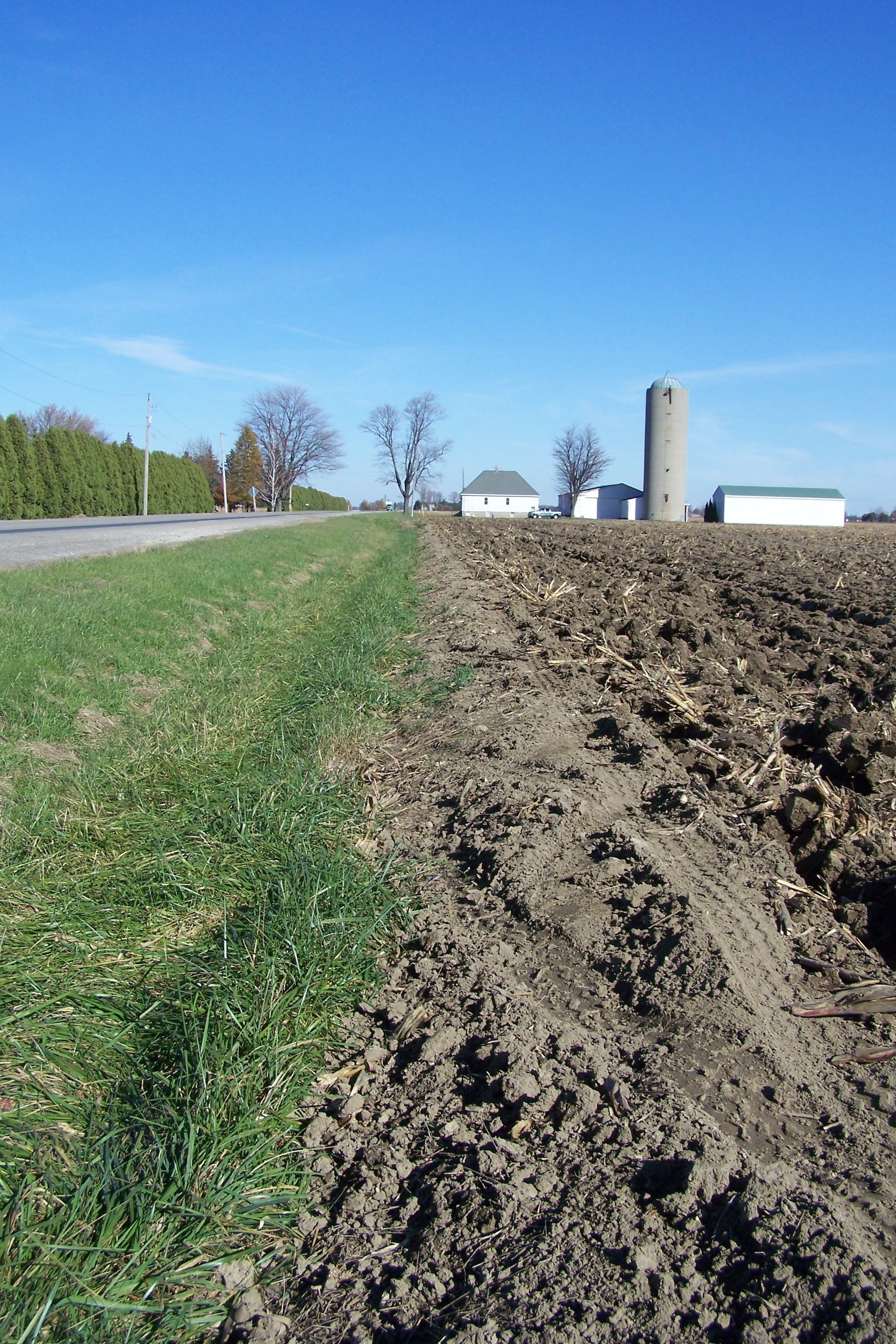The State of Minnesota has laid out the water quality requirements clearly in their Minnesota Buffer Law. The buffer law requires landowners with land along public waters (rivers, lakes, streams and wetlands) to install a 50-foot buffer of perennial vegetation and a 16.5-foot buffer along all public drainage systems. The law also allows for a combination of practices to be used to sufficiently meet water quality goals. If that happens, a buffer may not be needed. The intent of the Minnesota law is to improve water quality.
I am on record saying that regulation agriculture cannot solve the water quality issue. And I am not a huge fan of buffers, which are designed to trap soil just before it reaches a waterbody. I believe each farm is unique and we can’t fix every erosion problem with the same solution. But I think the Minnesota approach is practical and they got it right. With their buffer law, landowners still have a choice.
From a public policy point of view, Minnesota’s decision is strategic, giving landowners every opportunity to implement farm-specific water protection practices, such as no-till. However, if landowners elect not to implement those alternative practices, the legislated buffer becomes necessary. Effectively, Minnesota has given landowners options, but if landowners reject these options, they are expected to use the stream-edge buffer as a last line of defense. Yes, the law could have required the farmer to install conservation practices higher on the landscape, but as I see it that would only be more intrusive on the farmer’s rights. I don’t think the public has the right to tell a farmer how to farm, but I do think the public has the right to expect clean water. And buffers help clean up the water by trapping sediment just before it hits the water.
I mentioned that the buffer law allows choice. The Minnesota legislature brilliantly provided for alternative practices that have the ability to achieve the same environmental outcomes. If the farmer doesn’t like filter strips that is fine; he can choose another option that provides equal benefits. With alternative practices, farmers can avoid the one size fits all mentality and choose to implement practices that fit their landscape. I think most farmers would agree choice is more palatable.
Again, I am not sold on regulatory efforts but if you are going to regulate, I don’t know how you do it better than the State of Minnesota. It is difficult to craft a good conservation program, but hats off to Minnesota for writing rules that are robust and flexible. This is precision conservation at its best. Stay tuned for more to come on Minnesota’s alternative practices.
 4R’s not enough to achieve ambitious water quality goals
4R’s not enough to achieve ambitious water quality goals
A microscale hydrology model of water movement across the surface of the landscape (i.e., fields) clearly shows that water flow into surface drainage systems is totally shaped by surface topography. In some areas, any size buffer will have zero effect on water carried sediment loss because surface water flow is away from the waterway. Where flow is concentrated towards the waterway, one may need a buffer 100’s of feet wide to have any effect. Fixed width buffers are less than useful because they let individuals assume that they are doing good. The establishment of buffers based upon objective microscale hydrology modeling will result in a plan which actually works. And its effectiveness can actually be evaluated. For Iowa and many other states, high resolution digital elevation maps exist for the entire state so there is no reason to adopt any other solution. Arbitrary solutions, not based on good science does not represent best (or even acceptable) management practices.
Tom I should run out and take some photos of the farming in the road ditch. What gets me the most is not only does the stream over top the road in the spring leaving sediment, etc., but one of the university degree sons is our local wetland team leader engineer. Time to check my garden. Great report!
Great article Tom. I agree we need to have choices and make them the best suited for each landowners situation!
Tom,
Great perspective on the buffer law. I totally agree that with the LiDAR data we can make a much better system to improve our water quality but what we have now is a start. One size does not fit all but farmers have choices and options to install conservation practices higher on the landscape and/or make cropping changes such as no-till or strip till to lessen their buffer width based on tools such as Lon suggested. If you don’t mind I would like to send your blog around.
Doug, you are more than welcome to send my blog out to others.
I agree with a lot of what you said about flexibility in the Minnesota Buffer Law. At the same time, I believe the law and recommended alternative practices overlook, or greatly under-emphasize, the most important practice for reducing sediment pollution in the Minnesota River Basin, which is water retention in the landscape. It is raining quite a bit more and all of the highly effective tile drainage has enhanced hydrologic connectivity of the landscape and therefore increased peak flows downstream. Erosion along the lower reaches of Minnesota River tributaries is highly sensitive to flow, so as flow has gone up, sediment loads have gone way up.
At this point there isn’t a whole lot of sediment coming off the fields themselves. For example, field sediment only accounts for a quarter or less of the sediment loads in most of the major tributaries in the MRB. That’s a testament to the great job Minnesota farmers have done in reducing soil erosion and perhaps to some extent due to the enhanced drainage, which has increased infiltration rates and therefore reduced surface runoff. The majority of the sediment today is coming from near-channel bluffs, streambanks and ravines/gullies.
So if field erosion is a relatively small part of the problem currently, buffers and the alternative field-based practices are only going to have a modest impact on sediment loads at the mouth of the big sediment producing watersheds. What needs to be done in the Minnesota River Basin (which is quite different from the rest of Minnesota and most of Iowa) is to reduce the high flows, which will in turn reduce erosion of near-channel banks, bluffs and ravines/gullies. Managing the hydrology better is the ‘big lever’ we have to pull.
As you have made very clear in previous blogs, there is no one-size-fits all conservation practice. In the Minnesota River Basin, farmers should keep doing the good things they’re doing to keep field erosion low (and push it lower if possible), but water retention and reducing high flows in the major tributaries needs to be front and center if we want to make real progress reducing sediment loads.
Patrick, I absolutely agree that we need to address hydrology.
Great article and great comments. While I am not a huge fan of rules and regulations something has to be done to corral the thoughtless operators who for some reason are unable to connect the dots. Here are some pictures from no till and tilled farms that are less than 10 miles from Lake Erie’s infamous western basin.



Most industries welcome regulations when an uneven playing field emerges. Of course agriculture is not confined in state borders, but it must begin somewhere. Buffers on ditches should be mandated and enforced by the ditch systems for the purpose of maintaining bank stability from an infrastructure component. Focusing only on buffer water quality benefits short changes its values. Beyond this precision conservation should be employed.
Tom
Compensation for the rights-of-way acquired for the public drainage district open ditches in Minnesota and in Iowa was based on the legal requirement that the landowner retained the right to beneficial uses not harmful to the ditch. Requiring a buffer takes that right and compensation is warranted. I am not opposed to buffers but I am opposed to the notion that society can take something without paying for it, dumping all the costs and obligations on a few.
Bad stewards are no justification for penalizing good stewards.
Well… You could turn that argument around and say that commercial fishermen in the Gulf of Mexico should be compensated for loss of their livelihood resulting from the actions of farmers upstream.